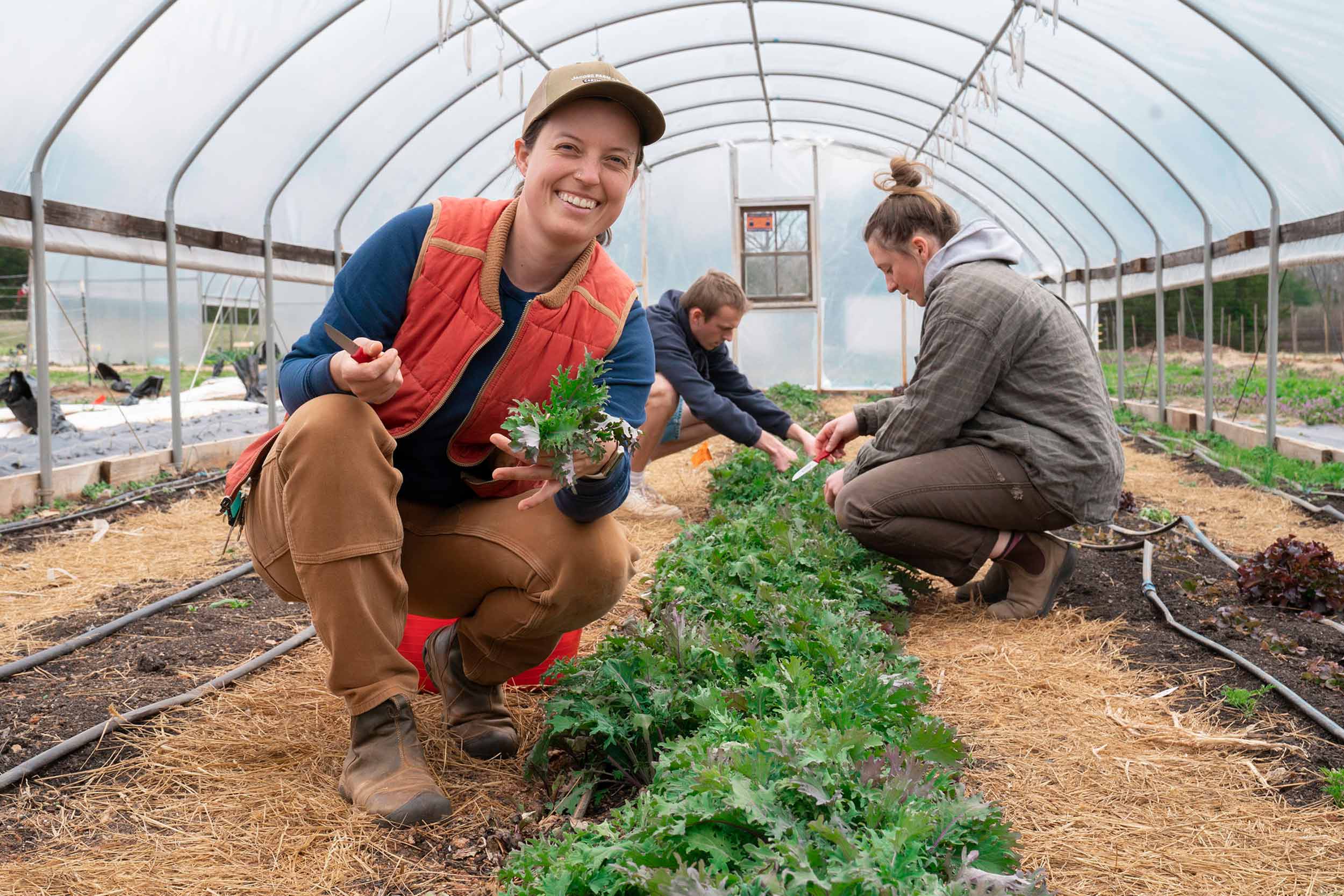Grow right into Springtime: Newbie Gardening 101 for Expanding a Vivid Yard Sanctuary
Wiki Article
From Novice to Eco-friendly Thumb: A Step-by-Step Trip Through the Art of Horticulture

Understanding Your Horticulture Space
To begin your horticulture journey, it is important to comprehend the unique attributes and constraints of your horticulture area. Are there any certain obstacles you may face, such as inadequate dirt quality or limited water availability? Comprehending these variables will aid you make educated decisions about the kinds of plants that will grow in your area.Take into consideration the size of your gardening location. You might need to focus on container horticulture or upright gardening to optimize your growing location if you have a little room. On the other hand, if you have a large area, you have the deluxe of growing a variety of plants and developing various zones within your yard.
Next, evaluate the quantity of sunlight your room gets. This will certainly figure out which plants will flourish and which ones might have a hard time. You can opt for shade-loving plants like ferns or hostas if your space is shaded. If your area gets full sun, you can grow a large range of plants, consisting of blossoms, herbs, and veggies.
Finally, think about any type of restrictions or challenges certain to your space. If your soil quality is inadequate, you might need to modify it with garden compost or choose plants that are forgiving of less-than-ideal problems. You can opt for drought-tolerant plants or apply water-saving methods like mulching. if water is scarce.
Picking the Right Plants for Your Yard
Select plants that are appropriate to your garden's one-of-a-kind problems and your personal choices. When selecting plants for your yard, it is very important to take into consideration aspects such as sunshine, soil kind, and climate. Have a look at the quantity of sunlight your yard receives throughout the day. Some plants grow in full sunlight, while others choose partial or perhaps full shade. Take into consideration the soil enter your garden also. Some plants choose well-drained dirt, while others thrive in damp or clay-like soil. In addition, take into consideration the climate in your location. Some plants are much better suited for hot and completely dry climates, while others can stand up to colder temperatures.One more important element to take into consideration is your individual choice. Do you important source prefer a garden loaded with colorful flowers, or are you much more curious about growing vegetables and natural herbs? Consider the purpose you want your yard to offer and the visual you desire to achieve. It's also worth taking into consideration the upkeep degree of go to this website the plants you pick. Some plants call for more care and attention, while others are much more low-maintenance.
Preparing the Dirt for Planting
A lot of plants favor a slightly acidic to neutral pH, around 6.0 to 7.0. Improperly drained pipes dirt can lead to waterlogged roots and various other plant wellness issues. By examining and making essential changes to your dirt, you can develop an optimal atmosphere for your plants to grow.Nurturing and Maintaining Your Garden
Make sure to sprinkle your plants deeply, allowing the water to pass through the soil and get to the roots. Regular weeding is additionally essential to maintain your garden cost-free from unwanted plants that complete for nutrients and room. On a regular basis inspect your plants for any kind of signs of problem or illness and take instant action to prevent additional damages.Troubleshooting Common Gardening Issues
If you notice eaten leaves or plants that are shriveling for no evident reason, you might have an insect problem. If your plants have actually yellow or stained fallen leaves, they may not be obtaining sufficient nutrients. Remove impacted plants and deal with the staying ones with natural fungicides or pesticides.Verdict
Congratulations! You have efficiently finished the journey from newbie to green thumb in the art of gardening. By recognizing your gardening area, picking the right plants, preparing the dirt, and nurturing your garden, you have actually overcome typical horticulture concerns like a pro. Now, equipped with knowledge and experience, you prepare to take pleasure in the beauty and abundance of your prospering yard. Maintain the wonderful work and remain to cultivate your green thumb!
When picking plants for your garden, it is important to take into consideration aspects such as sunlight, dirt kind, and climate. Some plants choose well-drained dirt, while internet others prosper in clay-like or wet soil (newbie gardening). By understanding your horticulture area, choosing the right plants, preparing the dirt, and nurturing your yard, you have gotten over typical horticulture problems like a pro
Report this wiki page